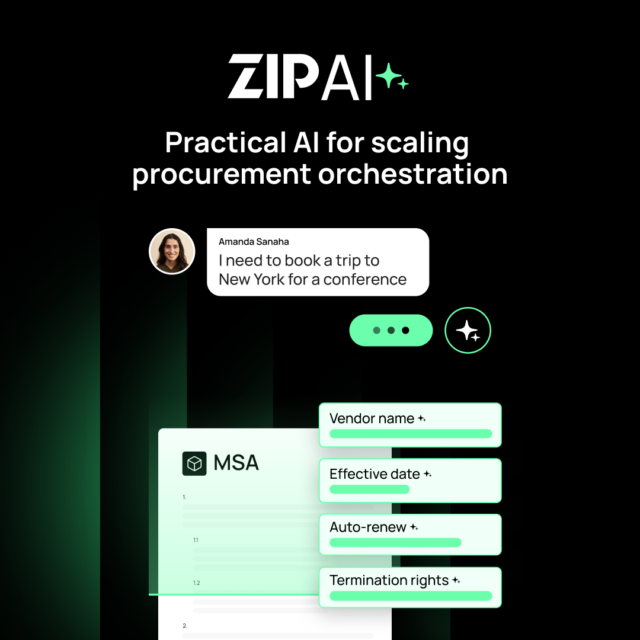Over the past few years, appreciation for the strategic potential of procurement has risen throughout the business world. In a report conducted by SAP, researchers found that 69.6% of respondents believed that insights from the procurement function were essential for implementing an organisation’s overall strategy.
However, the same report also found that fewer (just 53.2% of) respondents believed that their procurement functions were “effectively collaborating with the rest of the organisation to meet the company vision”. That figure fell below 50% among COOs—the most common source of oversight in procurement reporting lines.
“If you dive further into the survey, you’ll see that procurement has work to do to gain the confidence of the many respondents who aren’t confident in its ability to handle internal risks,” notes Baber Farooq, SAP’s SVP of market strategy and procurement solutions.
Despite the widespread acknowledgement that procurement has a vital role to play in driving strategic innovation, reducing risk, cutting costs, driving ESG reform and other vital business initiatives, there is a lack of trust in procurement by organisational leadership. If they are going to be true drivers of value for the business, procurement leaders need to first drive C-Suite confidence in procurement itself.
If they are aiming to build C-Suite confidence in procurement, CPOs can focus on the following areas.
1. Building Relationships
Fewer than 40% of procurement leaders directly report their priorities to the C-Suite, undermining procurement’s ability to forge the kind of cross-departmental connections that drive trust and willingness to collaborate.
CPOs should leverage procurement’s power to solve problems through acquisition and indirect procurement, working closely with other members of the C-Suite to explore needs, update leaders on progress, and ultimately build closer connections.
2. Embody Transformation
The digitisation, automation, and integration of artificial intelligence and data are gradually eliminating the more routine and administrative aspects of procurement. The present moment calls for a shift in perspective, inviting procurement to reassess its role in advancing the business.
Embracing a strategic, agile, and innovative approach will not only bring procurement into harmony with the organisation’s broader innovation objectives but also showcase procurement’s capacity to lead transformation from the front.
3. Speak “Chief Executive”
Procurement is a newer addition to the C-Suite than many other roles, so CPOs and procurement leaders aren’t typically going to have as much experience with high level leadership. Likewise, CIOs, COOs and CEOs aren’t necessarily going to be as family with procurement as they are with areas of the business that have had more time in the boardroom.
By adopting an approach that prioritises efficient, direct communication—converting complex and new procurement ideas into clear, impactful summaries, CPOs can more easily highlight the potential value their plans will have on the key objectives, targets and values of the organisation as a whole.











